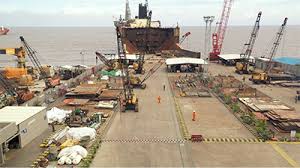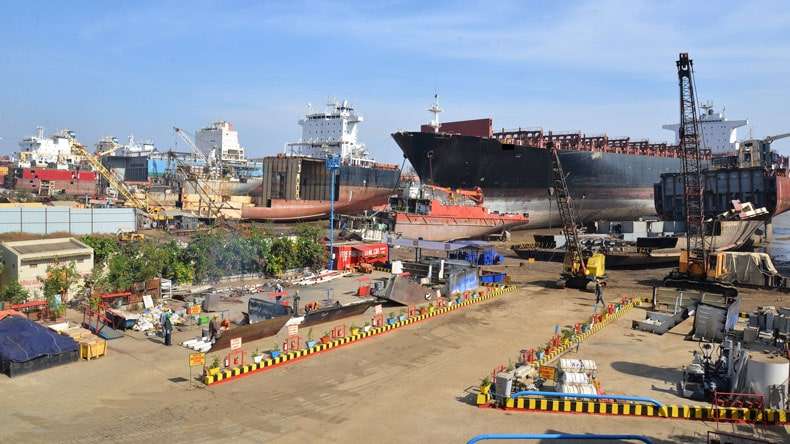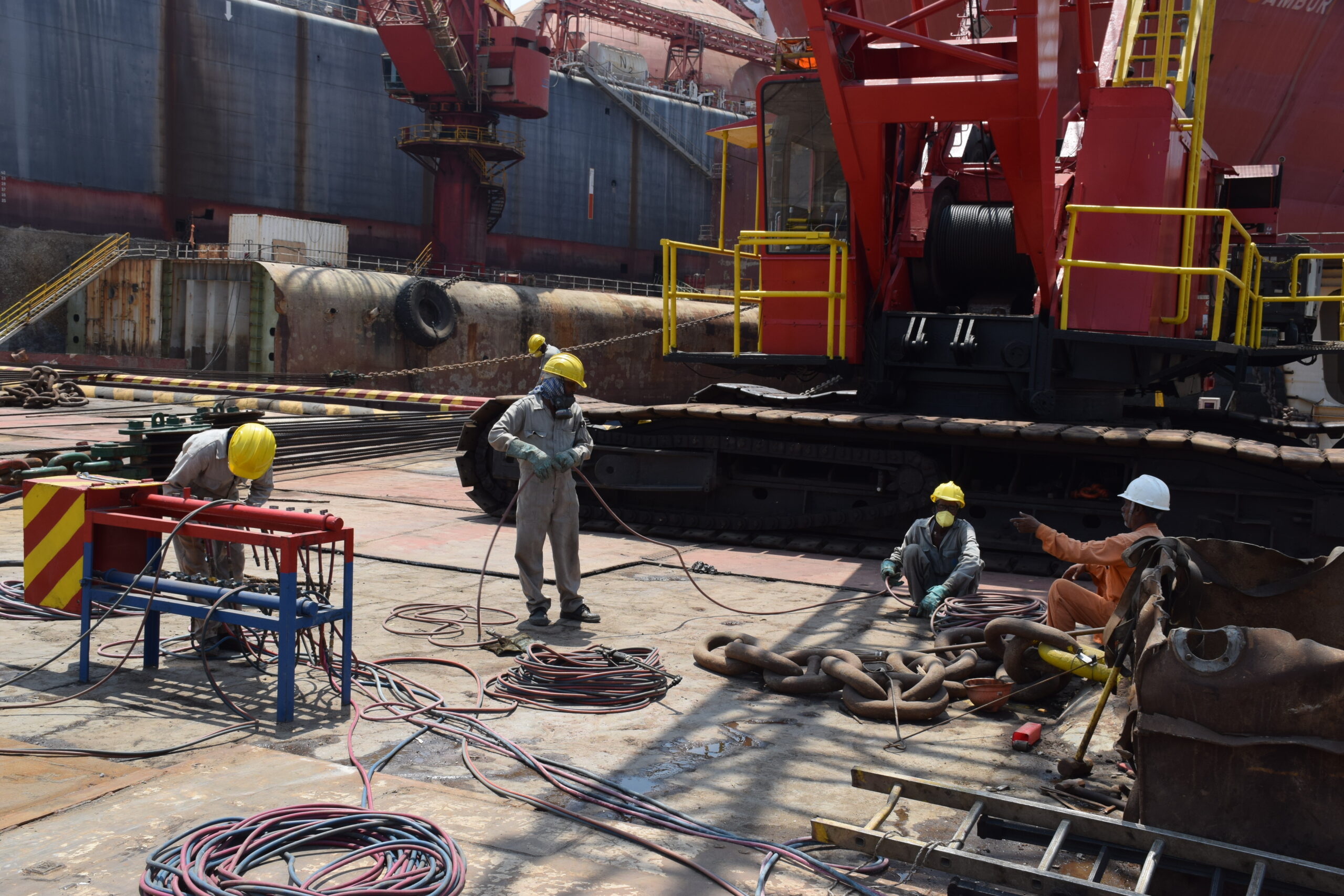Ship Recycling Activity Improves but No Mass Scrapping Expected Yet
The global ship recycling market has shown signs of recovery in recent weeks, with vessel cash buyers and brokers reporting a modest pickup in sales of ships for recycling. However, industry experts caution that this improvement does not signal the start of a large-scale scrapping wave, as strong freight rates across nearly all major shipping sectors continue to encourage owners to keep their vessels in service.

For much of this year, the recycling market has been subdued, with limited supply of tonnage available for dismantling. Shipowners, buoyed by healthy charter earnings, have preferred to extend the working life of their fleets rather than send them to yards in South Asia and Turkey. Analysts note that the situation has left recyclers competing over a smaller pool of ships, which in turn has helped stabilise prices.
One of the driving factors behind this relative stability has been the performance of domestic steel markets. In recent weeks, steel plate prices have shown resilience, aided by gains in local currencies against the US dollar. This has softened the cost of imports and provided some breathing room for recyclers who had been struggling under the twin pressures of high acquisition costs and fluctuating steel demand.
“Prices for scrap ships appear to have reached a steady range,” said a broker based in Dubai who regularly handles deals with South Asian yards. “Currency appreciation has been a welcome development, especially in India and Bangladesh, where recyclers had been grappling with volatile exchange rates earlier this year. But the bigger story is still the lack of tonnage – there simply aren’t enough ships coming in.”
In India’s Alang, the world’s largest ship recycling hub, activity has improved compared to the sluggish pace seen during the summer months. Several bulk carriers and smaller tankers have been committed for demolition in recent weeks, though volumes remain far below historic averages. Local recyclers report that they are bidding cautiously, aware that overpaying could erode already slim profit margins.
Bangladesh’s Chattogram yard owners have also shown renewed appetite, supported by a gradual firming in domestic steel demand. Yet their enthusiasm remains tempered by challenges in financing and the limited number of available ships. Pakistan, once a strong player in the market, continues to struggle with liquidity issues, leaving its yards on the sidelines.
Despite the brighter tone, few expect a significant surge in scrapping in the near term. Freight markets remain the dominant factor influencing shipowners’ decisions, and for now, they are holding firm. The container sector, which had shown signs of weakness earlier in the year, has surprised many with a recent rebound in charter rates, driven by strong demand on key trade routes and ongoing disruptions in global supply chains.
Dry bulk and tanker markets, meanwhile, continue to benefit from robust cargo flows and healthy earnings. Owners in these sectors have little incentive to retire tonnage that is still capable of generating profit. As one London-based analyst put it: “As long as earnings remain strong, shipowners will extract every dollar of value from their assets before considering demolition. Recycling will pick up only when the economics of trading no longer make sense.”
Market watchers believe that a meaningful increase in scrapping could materialise only if freight rates weaken or regulatory pressures mount. Upcoming decarbonisation requirements from the International Maritime Organization (IMO) could eventually accelerate the removal of older, less fuel-efficient vessels, but industry participants stress that this is more likely to be a gradual process rather than a sudden rush.
For now, the recycling market is finding support in modest improvements, but expectations remain grounded. A ship agent in Gujarat summed it up: “We are seeing more activity compared to a few months ago, but let’s be clear – this is not a boom. It’s a cautious recovery, and unless freight markets turn decisively downward, we won’t see the kind of mass scrapping that recyclers are hoping for.”
Still, the current stability offers a measure of reassurance for ship recycling yards that had been grappling with uncertainty earlier this year. With currency trends favourable and steel prices on steadier ground, the sector has at least avoided a deeper downturn.
As the year progresses, recyclers will continue to watch freight markets, steel demand, and currency movements closely. The outlook suggests a gradual, steady pace of recycling rather than dramatic swings. For an industry accustomed to cycles of feast and famine, the current climate of cautious optimism may be the most realistic scenario for now.
Author: shipping inbox
shipping and maritime related web portal









